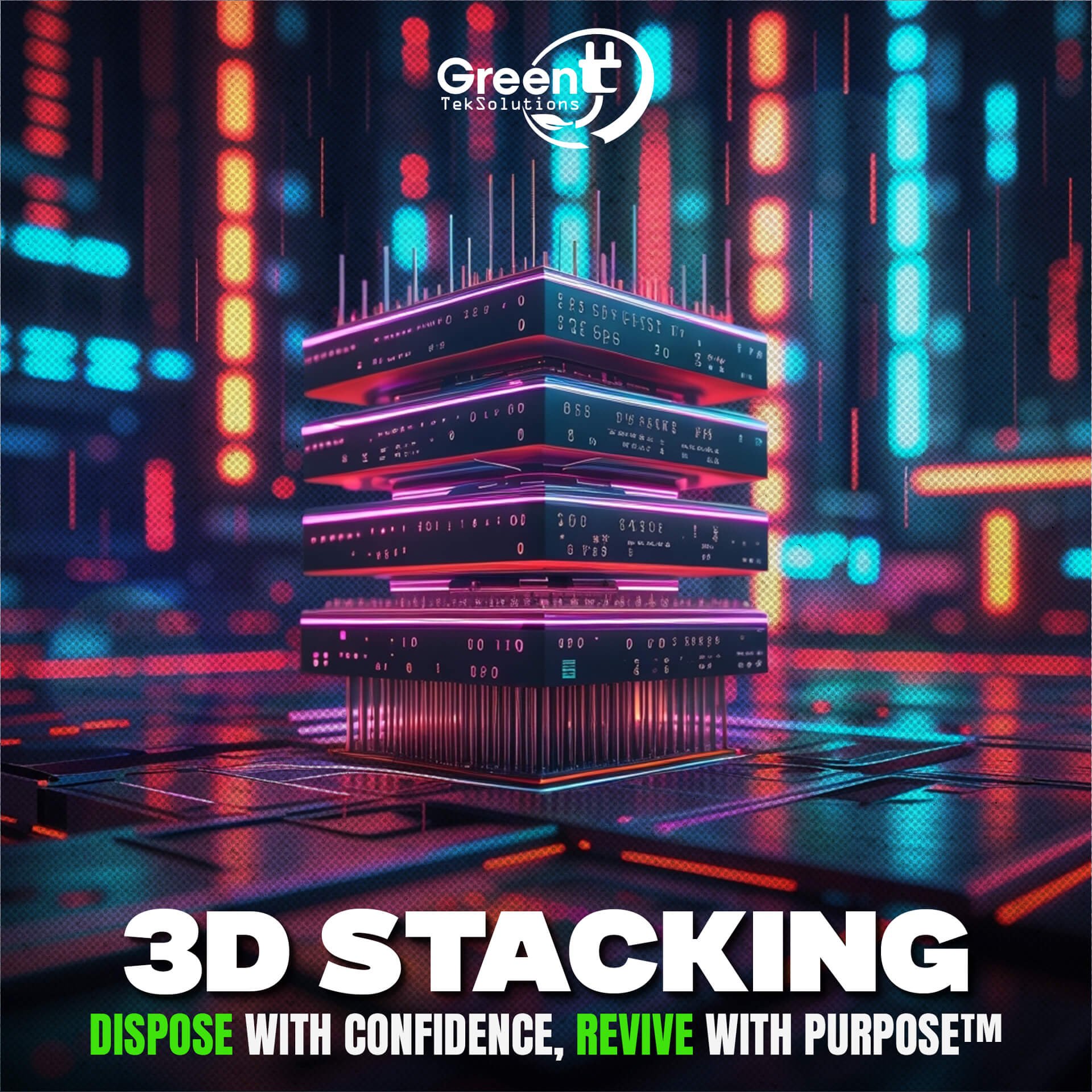More Power in Less Space
3D stacking technology helps chipmakers fit more performance into smaller areas. AMD’s 3D V-Cache shows how adding extra cache can enhance gaming and server performance. Intel is using a similar method with its Foveros technology in Meteor Lake chips.
Better Efficiency and Speed
By stacking components, data doesn’t have to travel as far. That means lower latency and less power consumption, great news for laptops, mobile devices, and energy-hungry data centers.
Smarter Integration
This approach also lets companies build each layer of the CPU with a specific purpose. For example, one layer can focus on performance, another on power savings, and another on AI or memory. Basically, like building a custom team where everyone plays to their strengths.
AI and Accelerators in the Mix
With 3D stacking, it’s easier to add AI accelerators, graphics units, or security tools directly into the chip. This leads to faster machine learning, better real-time processing, and stronger security, all inside the same package.
Who’s Leading the Way
AMD is pushing ahead with its Zen chips using stacked cache. Intel uses 3D packaging in its latest CPUs. Meanwhile, companies like TSMC and Samsung are building cutting-edge stacking tech into the chips of tomorrow.
A Few Challenges Remain
Challenges like heat and rising production costs continue. However, new cooling technologies and better manufacturing methods are helping.
The Future is Vertical
As it gets harder to shrink chips in two dimensions, going vertical is becoming the new standard. We expect CPUs to be like mini towers, packed with layers working together for amazing performance and efficiency.
The Takeaway
3D stacking is the future of chip design, by helping CPUs run faster, use less power, and handle more complex tasks than ever before.

